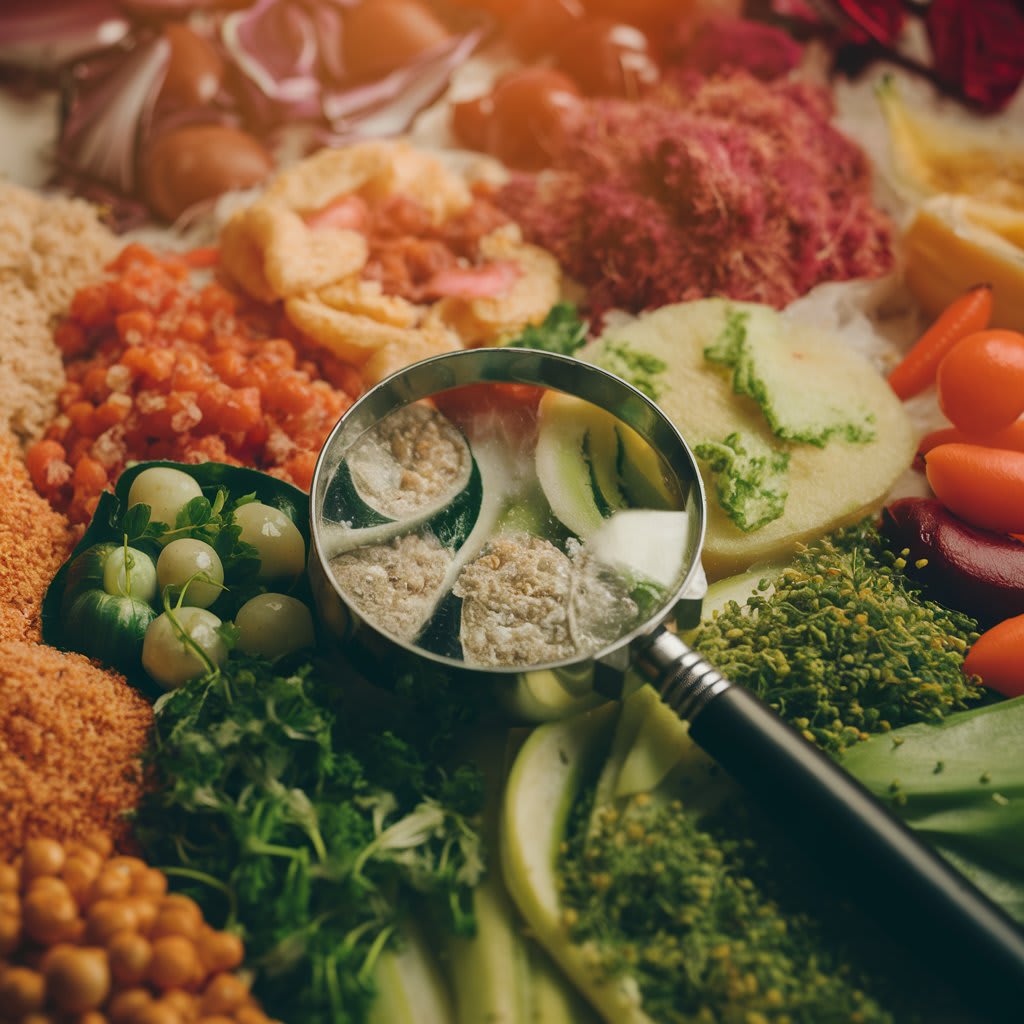How do you know if the food is adulterated?
lifestyle

Food debasement, the method involved with adding or blending sub-par, hurtful, or denied substances to food, is a critical worry for buyers around the world. Debasement not just trade offs the quality and dietary benefit of food yet additionally presents serious wellbeing chances. Distinguishing debased food is significant for guaranteeing security and prosperity. This guide will give you down to earth tips and techniques to distinguish defiled food.
Normal Sorts of Food Contaminated
Expansion of Unsafe Synthetics:
Additives and Varieties: Synthetic substances like formalin in fish, fake tones in flavors, and additives past passable cutoff points.
Weakening with Sub-par Substances:
Water in Milk: Weakening milk with water to increment amount.
Chalk Powder in Flour: Adding non-nutritive substances to increment weight.
Replacement with Less expensive Other options:
Fake Sugars: Utilizing destructive sugars rather than regular ones.
Debased Honey: Blending sugar syrup in with honey.
Commonsense Techniques to Distinguish Tainted Food
1. Visual Examination:
Variety and Appearance: Regular food items normally have a predictable variety. Splendid or unnatural shades might demonstrate fake shading. For instance, turmeric that is too dazzling yellow might contain counterfeit colors.
Surface: Consistency in surface is significant. Flour that feels abrasive could contain chalk powder, and sugar with gleaming gems could be blended in with washing pop.
2. Straightforward Home Tests:
Milk:
Water Debasement: Put a drop of milk on a cleaned surface. Unadulterated milk leaves a path, while tainted milk doesn't.
Cleanser Defilement: Shake the milk. Assuming that it structures unreasonable froth, it could contain cleanser.
Honey:
Water Contaminated: Drop some honey into water. Unadulterated honey will settle at the base, while corrupted honey will break down.
Sugar Syrup Corruption: Blend a spoonful of honey in water. In the event that it doesn't break down effectively and structures a layer at the base, it's unadulterated.
Flavors:
Turmeric Powder: Blend turmeric in water. Unadulterated turmeric won't leave a dazzling yellow tone at the top.
Stew Powder: Add a spoon of stew powder to a glass of water. Assuming the water variety changes right away, it demonstrates fake tones.
Sugar:
Chalk Powder Defilement: Break up sugar in a glass of water. Unadulterated sugar will disintegrate totally, while debased sugar will leave chalk powder at the base.
Salt:
White Chalk Powder: Disintegrate salt in water. Defiled salt will leave white particles at the base.
Espresso Powder:
Chicory Powder Defilement: Sprinkle espresso powder on water. Unadulterated espresso will drift, while chicory will sink.
Tea:
Counterfeit Shading: Spread a wet tea sack on a white paper. Assuming the paper becomes red or yellow, the tea may be falsely shaded.
3. Tactile Assessment:
Taste: Uncommon sharpness, harshness, or astringency can demonstrate the presence of defilements.
Smell: Foul or substance like scents are many times indications of tainting or debasement.
4. Research center Testing:
For conclusive outcomes, research center testing is the most dependable technique. These tests can recognize even follow measures of debasements and give an exhaustive investigation of food quality.
5. Ensured Marks and Brands:
Purchasing from legitimate brands and searching for accreditations like ISO, FSSAI, or USDA Natural can decrease the gamble of buying contaminated food. These accreditations frequently demonstrate adherence to somewhere safe and secure and quality norms.
6. Mindfulness and Training:
Remaining informed about normal defilements and routinely refreshing your insight on sanitation rehearses is pivotal. Mindfulness can assist you with settling on better buying choices and be careful about possible defilement.
Wellbeing Ramifications of Tainted Food
Eating defiled food can prompt various medical issues, including:
Momentary Impacts: Food contamination, gastrointestinal issues, and hypersensitive responses.
Long haul Impacts: Persistent infections, for example, malignant growth, kidney harm, liver problems, and heart illnesses because of delayed openness to hurtful synthetic compounds.
End
Recognizing tainted food is fundamental for keeping up with wellbeing and prosperity. By utilizing visual examination, straightforward home tests, tangible assessment, and understanding confirmed marks, customers can fundamentally lessen the gamble of devouring defiled food. Furthermore, remaining educated and taught about normal corruption practices and wellbeing suggestions is significant. Making these proactive strides will assist with guaranteeing that the food you eat is protected, nutritious, and of top caliber.
About the Creator
Enjoyed the story? Support the Creator.
Subscribe for free to receive all their stories in your feed. You could also pledge your support or give them a one-off tip, letting them know you appreciate their work.






Comments
There are no comments for this story
Be the first to respond and start the conversation.